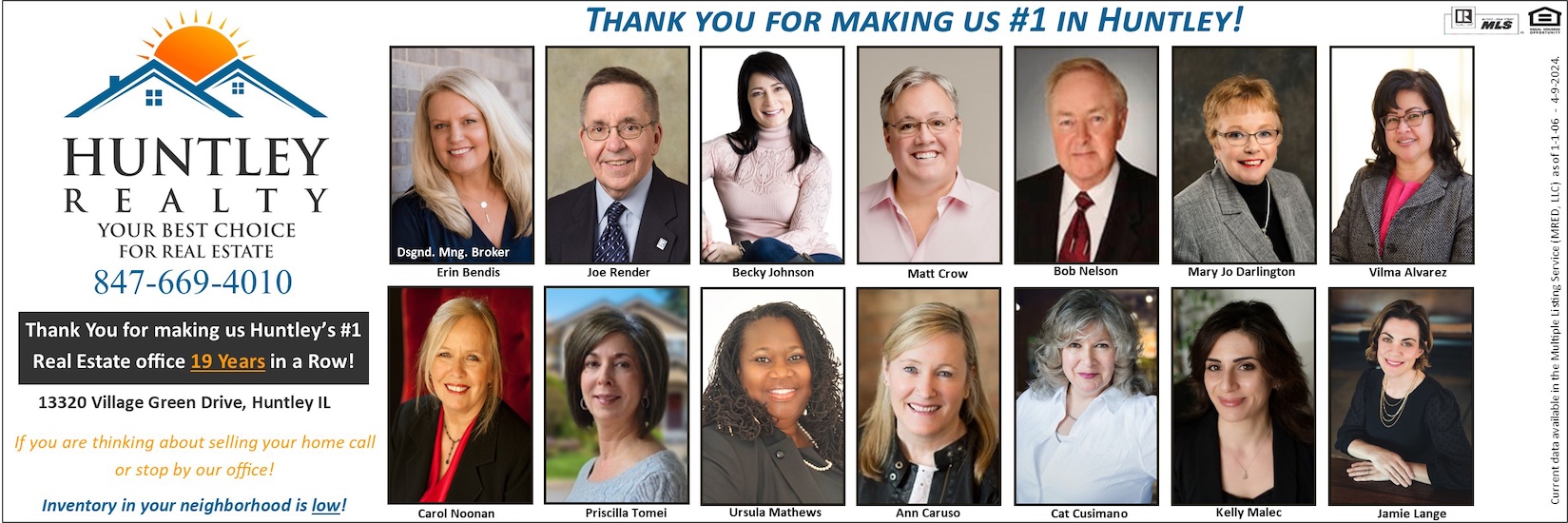Please consult your doctor or regular health physician before following suggestions found in any Sun Day health columns/stories.
Remembering regular eye checkups is critical to controlling and limiting damage done to our eyes as seniors. With proper management, even those eye diseases that can cause blindness can usually be helped. If you are among the millions of Americans experiencing low vision (less than 20/200 vision or a field of sight restricted to a 20 degree diameter), it is important to realize that most individuals have a great deal of useable sight.
How then do we utilize our eyes to the max for everyday functioning? How do we learn to change the way we see?
According to Enhanced Vision’s “Patient Guide to Low Vision,” we begin with vision rehabilitation. This consists of visits to a vocational rehabilitation specialist, who works in conjunction with your eye care professional. The specialist will identify your condition and underlying disorder and analyze your needed eye prescription and filters or prisms necessary for optimum vision.
Next he/she will do an analysis of the exact position of your blurred or missing area of vision (scotoma) to determine your area of sight from which you see best (preferred retina location).
Finally, you will have a series of training sessions with your V.R. specialist on using aids to help you gain the most value of your daily life activities. Subjects such as safety issues, computer usage, lighting, adaptive devices for telephone keypads, the use of talking clocks, transportation needs, and vision-enhancing devices are explored at these times.
Marlene Pilger and Bonnie Hibel, both with optic nerve damage and co-founders of Sun City’s M’Eye Low Vision Support Group, have info to share on their use of vision therapy.
“I have blind spots, so I do have special prism glasses that bring things together for me,” Pilger said. “That helps me when I go to the movies. However, they’re not good for walking around, as they create distortion. It has been two years since I lost 10-15 percent of my vision. Because of this loss, I no longer drive. That means I have to depend on my husband and friends for all driving situations.”
“I did have M and O – mobility and orientation training – which included the use of the white cane and everyday lifestyle training such as cooking, grooming, and cleaning,” Hibel said. “My white cane, which I use on an as-needed-basis, has given me confidence and independence. I also studied Braille II and rehabilitation to enable me to continue using the computer.”
Enhanced Vision’s booklet details a large number of vision enhancement devices critical to low vision patients’ eyesight. They are optical and use glass lenses such as telescopes and magnifying glasses, or electronic and use video and projection to expand vision.
Optical devices are more suitable for lower levels of visual impairment, while electronic devices are used for lower to higher levels. Another way to categorize aids is whether they are used for near, intermediate, or distant vision.
Near vision aids include illuminated or non-illuminated hand-held or stand optical magnifiers (both 2x to 10x magnification with a reduced field of view), as well as electronic hand-held systems (28x magnification with a wide field of view and high contrast viewing modes) and electronic desk-top systems (72x magnification with a wide field of view and high-contrast viewing modes).
Intermediate and distance vision devices include optical telemicroscopes that attach to your glasses (4x magnification with a reduced field of view). Also included here are handheld optical monoculars and telescopes (10x magnification with a reduced field of view) and electronic desk-mounted devices (24x magnification with a wide field of view and high-contrast viewing modes) and head-worn electronic devices (30x magnification with a wide field of view and high contrast viewing modes).
Other aids include low-glare eyeglasses, video aids like the Da Vinci Reader, and software like Zoom Text 10.
“I am extremely technology-focused and use sophisticated programs such as Zoom Text Speech Reader and Magnifier, as well as a larger monitor. In addition, I use both a desktop and handheld digital magnifier,” Hibel said.
For those interested, M’Eye Low Vision Support Group meets the third Monday of each month. Their next meeting is on Sept. 16, at 10 a.m. in the Breakout Room of Prairie Lodge’s Fountain View Center.
Next Edition: Low Vision: Part 4: Low vision’s cost of services, research, and support resources




